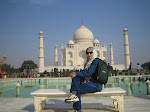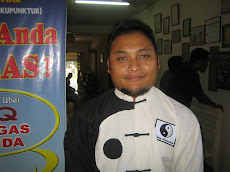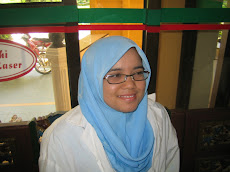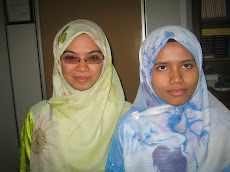Homeopathy in India
Homeopathy came to India as early as 1810 when some German physicians and missionaries came to Bengal and started distributing homoeopathic remedies. Dr. John Martin Honigberger was the first person who is recognised to have brought homeopathy and the name of Hahnemann to India. Dr. Honigberger arrived at Lahore in 1829 - 30. The then ruler of Punjab, Maharaja Ranjit Singh, was impressed by him when he treated his favorite horse of its bad leg ulcers.
In 1835 he traveled to Paris and met Dr. Hahnemann. He bought a large quantity of homoeopathic medicines from Hahnemann's Pharmacist, Lehmann of Kothen. In his second visit to India, in the year 1839, he treated Maharaja Ranjit for paralysis of vocal cords and oedema. The Maharaja was relieved of his complaints and in return received valuable rewards and later on was made officer-in-charge of a hospital. Dr. Honigberger later on went to Calcutta and started practice there. This royal patronage helped the system to have its roots in India.
Homeopathy continued to spread and Indians found in its philosophy and principles, a reflection of their belief and culture. A large number of missionaries, amateurs in Indian civil and military service personals practiced Homoeopathy extensively and spread this system mostly in Bengal and South India. Surgeon Samuel Brooking, a retired Medical Officer had the courage and conviction to establish a Homoeoapthic Hospital at Tanjore, in South India, in 1847. There have been a number of other well-known enthusiasts like Dr. Cooper and Dr. J. Ruther ford Russel, two Government Medical Officers, Mr. H. Ryper, a military pensioner, Captain May and others of Calcutta, made Homeopathy popular among the masses of Bengal. Last but not the least, was the services rendered by Dr. C. J. Tonnere, M.D. the French Homoeopath, proved "Acalpha Indica" in the year 1851 was first Health Officer of the town of Calcutta and later he established Homoeopathic Hospital.
In 1861, a virulent epidemic of malarial fever was raging over lower Bengal and it was at this juncture that the great philanthropist, Late Babu Rajendra Lall Dutta, a layman, truly laid the foundation of Homeopathy and started its practice with astounding results. He converted the redoubtable allopath and his opponent, Dr. Mahendra Lall Sircar, M.D. D.L., C.I. E. to Homeopathy. Dr. P.C. Majumdar, M.D. another Homoeopath of Calcutta started his practise in 1864 and laid the foundation of Calcutta Homoeopathic Medical College in 1885.
Homoeopathy continued to spread and by the beginning of 20th century most of the important cities in India had Homoeopathic dispensaries. The popularity of the system led to a mushroom growth of quacks practicing Homoeopathy. Seeing this deplorable state of affairs, efforts were made by the Government. It took several steps and in 1948, a Homoeopathic Enquiry Committee was set up to evolve a suitable arrangement to regulate teaching and practice of Homoeopathy. A Homoeopathic Advisory Committee was appointed in 1952 by the Govt. of India and the recommendations of these committees led to passing of a Central Act in 1973 for recognition of this system of medicine. Homoeopathy now has been accepted as one of the National Systems of Medicine in India.
Uniform Education in Homeopathy at diploma and graduate level was enforced in the country in the year 1983. In 1978 separate Central Council for Research in Homeopathy established. Now Post-graduate courses in homeopathy are also available.
At present( 2008 ) there are nearly 186 homeopathic medical college in India. Approximately 35 are government colleges, rest are managed by private bodies. Homeopathy is the third most popular method of treatment in India, after Allopathy and Ayurveda. It is estimated that there are about quarter million homeopaths in India. Nearly 10,000 new ones add to this number every year. The legal status of homeopathy in India is very much at par with the conventional medicine.
Tuesday, March 31, 2009
Subscribe to:
Post Comments (Atom)
















No comments:
Post a Comment